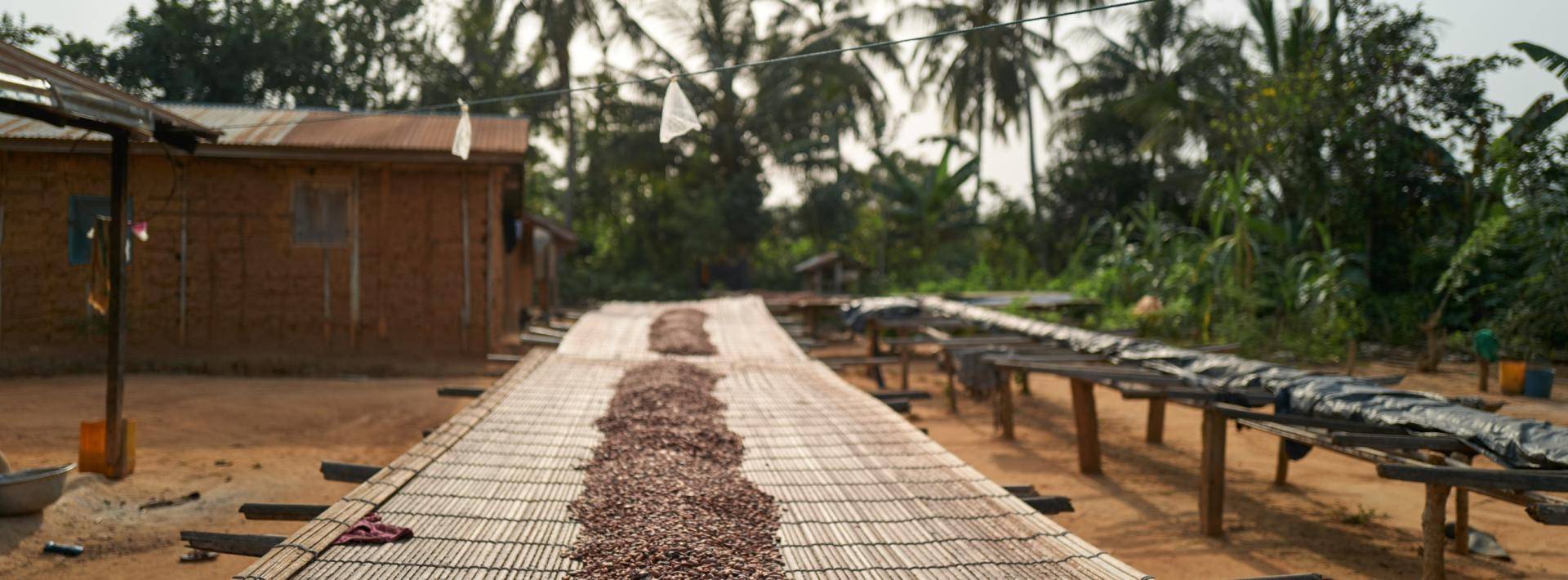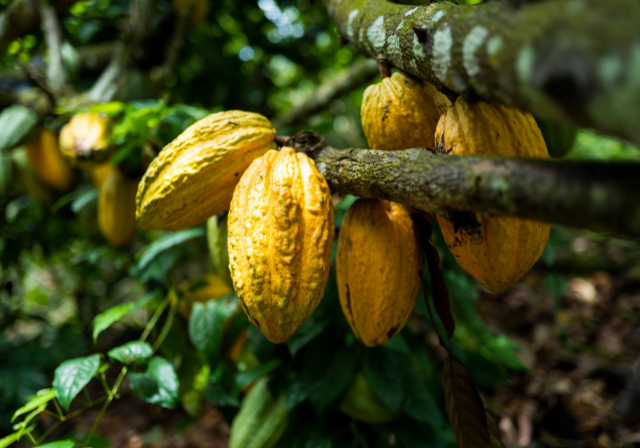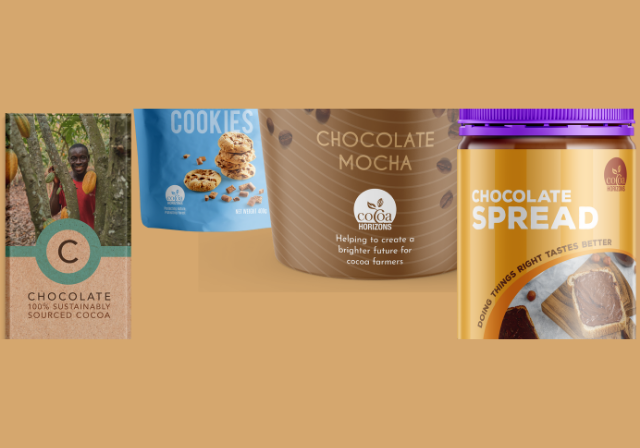Chocolate is one of the world's favorite treats but faces severe challenges. A large proportion of cocoa farmers are affected by poverty and child labor remains a prevailing issue, particularly in West Africa. In addition, cocoa is often produced at the expense of the environment. Subsequently, many stakeholders such as retailers, investors, and consumers are looking for companies, brands and products doing good for the people and the planet. Seize the opportunity by answering consumer needs while strengthening your reputation. To help you make the first move, we created the ultimate guide to sustainable cocoa.
Your sustainability journey in 5 steps:

1) Learn about Sustainable Chocolate
Where does chocolate come from? What are the issues in cocoa? What is sustainable cocoa? How can we make cocoa more sustainable?...
All you need to know is available in our Cocoa Sustainability Guide: Understanding Sustainable Chocolate.
Once you understand where chocolate comes from, the specific issues in cocoa, and the difference between sustainable cocoa and chocolate, it is time to take the next step.
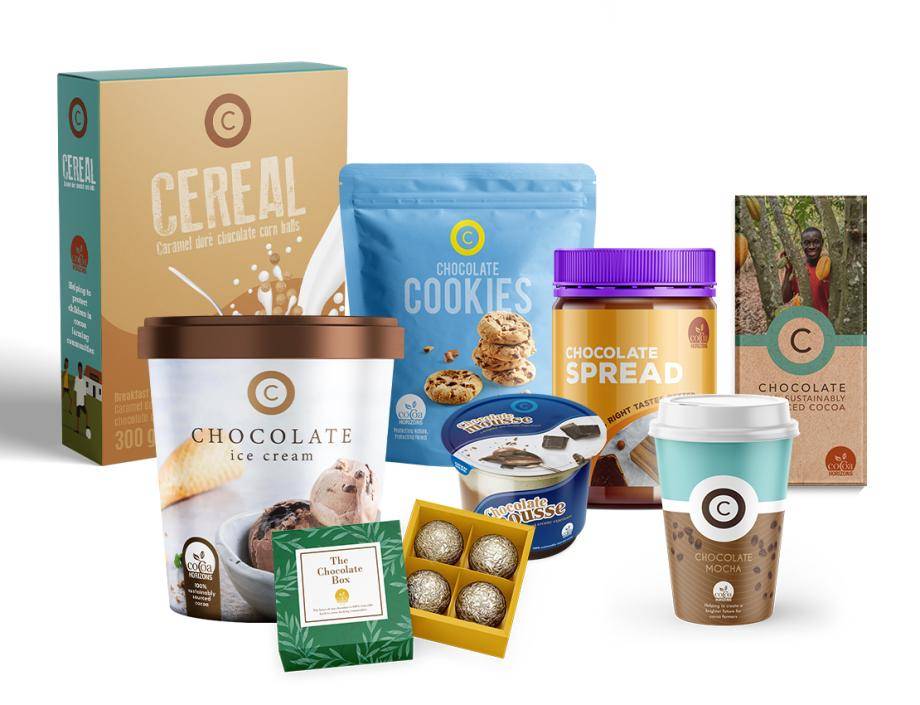
2) Select Products from Your Range
Consumers appreciate that sustainability is not a switch that you flip. Making the move from zero to 100% sustainable takes time, effort, and investment, so think about it as a journey.
Some good places to start with include:
- Your premium portfolio
- Products where cocoa is the hero ingredient
- Your lifestyle range (e.g. plant-based)
- Any new innovation launches
- Your own brand
- Product pitches based on a brief from your customer
For more insights on these options, browse our Cocoa Sustainability Guide: Portfolio Starting Points.
Get inspired by brands that have already taken the first step in their product portfolio on our sustainable brand stories page.
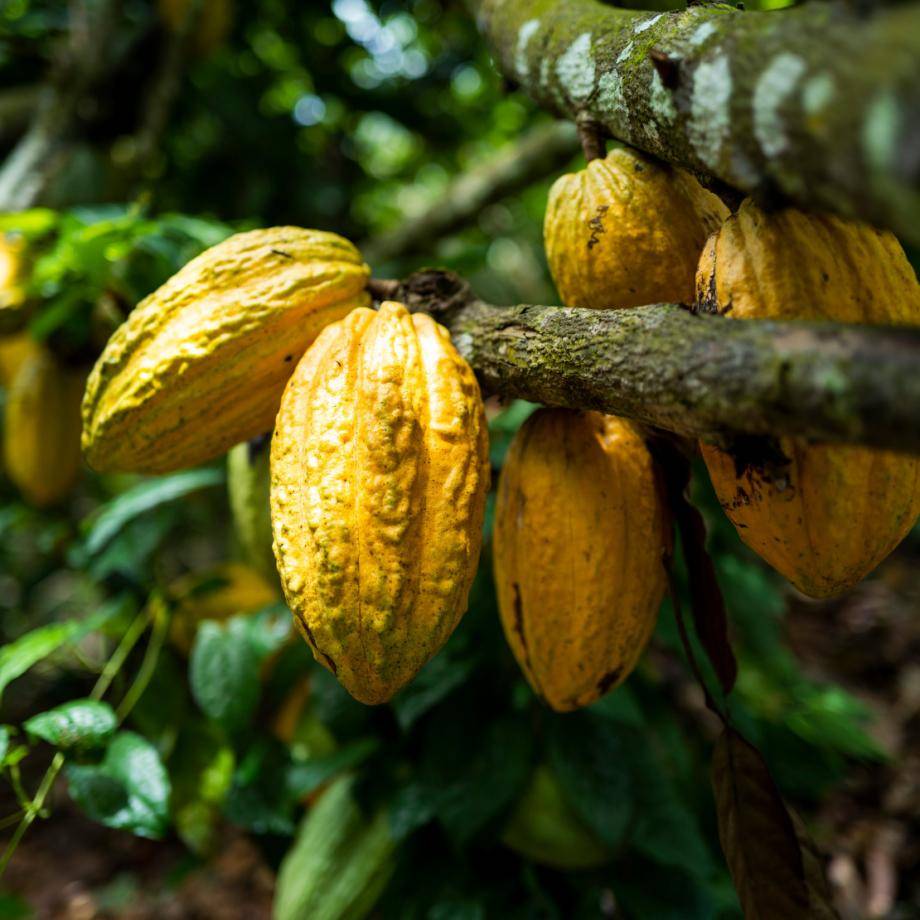
3) Choose a Cocoa Sustainability Program
You've selected your SKU, brand, or portfolio. What's next? It's time to choose a cocoa program.
Some key considerations include:
- Market requirements
- Positive Impact created
- Brand fit
- Storytelling & Claims
- Traceability level (mass balance or segregated)
- Price impact
To dive deeper into these considerations, check out our Cocoa Sustainability Guide: Choosing a Program.
Barry Callebaut is able to offer a wide variety of sustainable cocoa solutions, including Cocoa Horizons, Rainforest Alliance, Fairtrade International, organic certifications, other local certifications. Many of our premium product solutions already support cocoa sustainability through Cocoa Horizons, so please get in touch with your Barry Callebaut sales representative for more information.
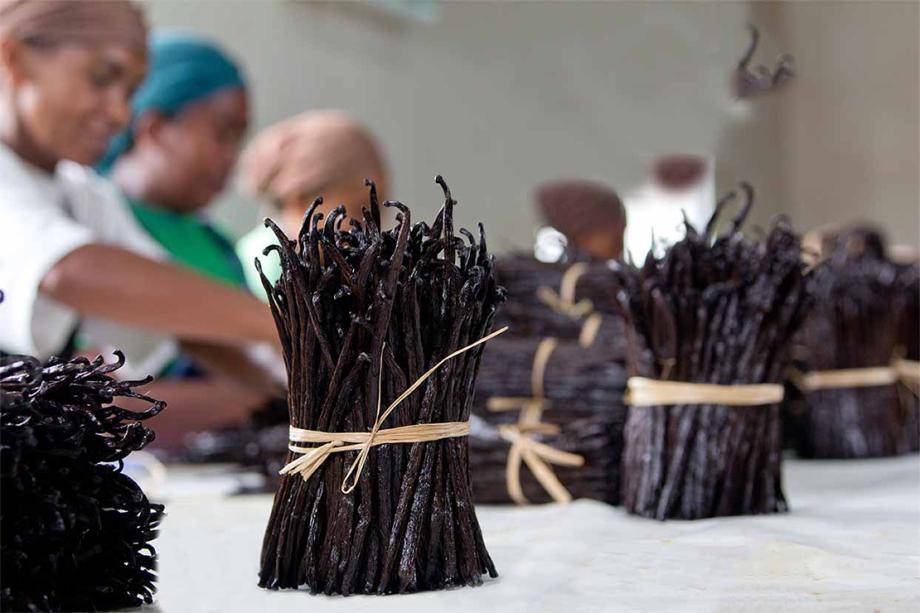
4) Consider other ingredients
Chocolate is more than just cocoa. There are many other ingredients to consider including palm oil, cane sugar, beet sugar, vanilla, soy, coconut, nuts, dairy and lecithin. They need to be considered in the context of your product portfolio and should become part of your sustainability journey.
Barry Callebaut offers a wide range of sustainable ingredients. This can help you on your journey to what consumers value the most "100% sustainable chocolate", where every ingredient is sourced sustainably. In fact "containing 100% sustainable ingredients" is one of the TOP 3 reasons for consumers to pay more for sustainable chocolate and cocoa containing products*.
*Barry Callebaut consumer survey performed in July and August 2021 in 14 countries

5) Craft Your Story
You understand the issues, you've selected your portfolio starting point, and the sustainability programs that make the most sense for your ingredients.
Now the crucial final step is how you tell your story in such a way that is adds brand value. Remember that consumers are looking for transparency and want brands to create a positive impact. Know that most of the time consumers don't find it easy to determine if a product is sustainable. So craft your story to meet those consumer needs.
From years of experience and consumer insights, we recommend some key touch-points for communicating on your sustainability efforts:
- On-pack: logos, claims, stories
- Off-pack: your website, social media, retailer, & ecommerce websites, influencers, PR
Read our tips in the Cocoa Sustainability Guide: Craft Your Story.
For Cocoa Horizons, we created a communication toolkit to help you tell your consumers a compelling and impactful sustainability story. Learn more about how to Own Your Story and get inspired by the Cocoa Chronicles.
We hope this "Getting Started" guide to cocoa sustainability has been helpful. Please get in touch to start your journey. We are on a mission to make sustainable chocolate the norm, so we are ready to support you!
